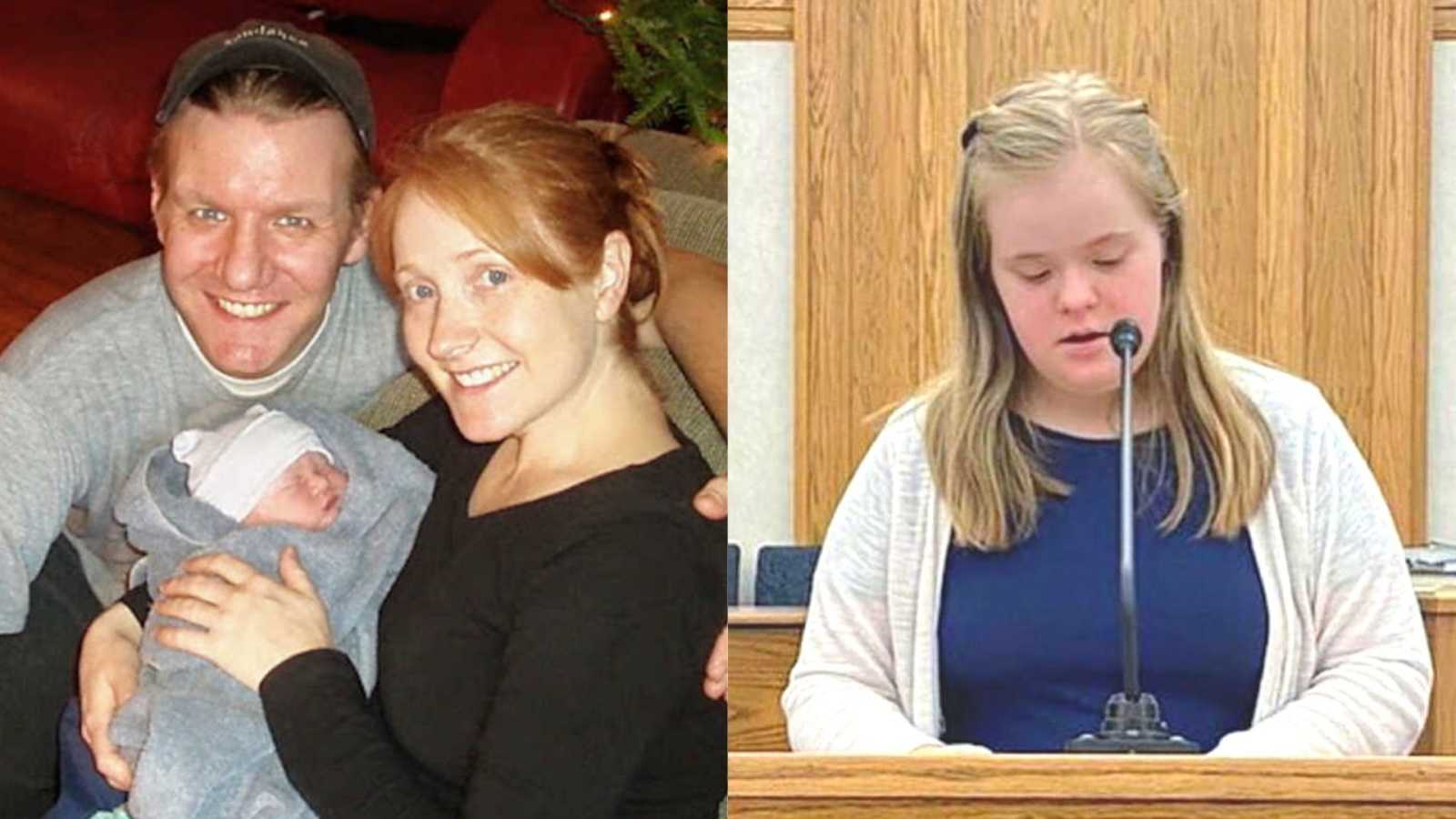“‘She may never talk or walk. I had an uncle with Down syndrome who lay on a giant floor pillow all day and never walked or talked.’ This guy was trying to help me recalibrate my expectations. Our daughter and fifth child, Lily, arrived in the kind of cozy, uncomplicated home birth midwives dream of. Within hours, I suspected something was different about Lily. My husband, the midwife, the doula, and the pediatrician all disagreed.
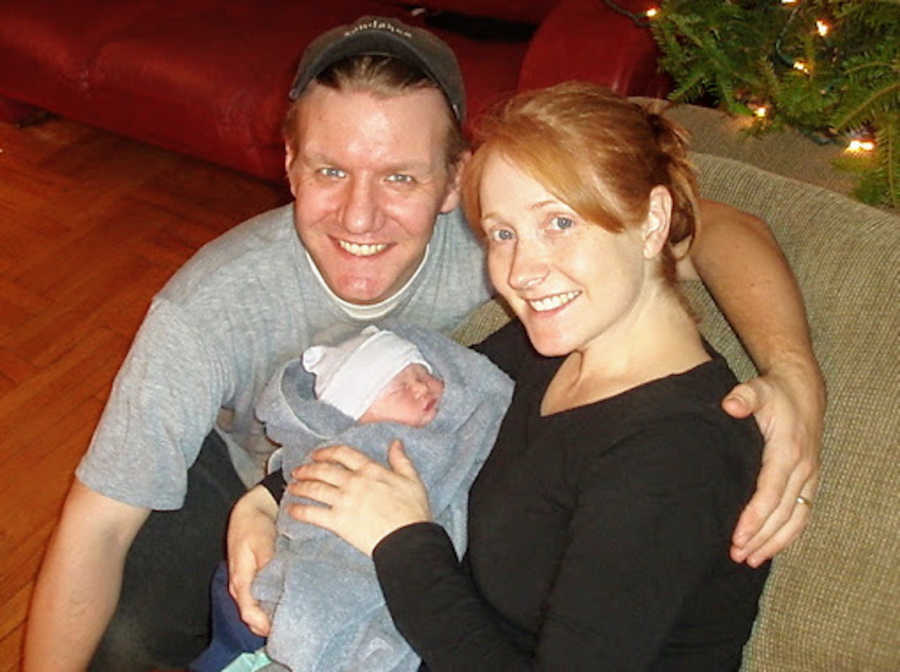
Even in the face of all their reassurances, the nagging thought persisted and kept me searching the internet in the wee hours of the morning. When Lily was five months old, a veteran geneticist confirmed the suspected difference was an extra chromosome woven through her DNA. Our view of the future clicked from crisp and clear to a blurry, soft focus. Lily’s diagnosis pulled back the curtain on a truth we generally avoid—none of us know the future.
Frankly, making room for more uncertainty was better for our whole family. Children don’t consult insurance company averages as they grow. They don’t progress in a constant linear fashion in mind or body. Each has strength and weakness—growth spurts and sputters. Recalibrating my expectations for Lily made it obvious I should extend each of my children this same gift.
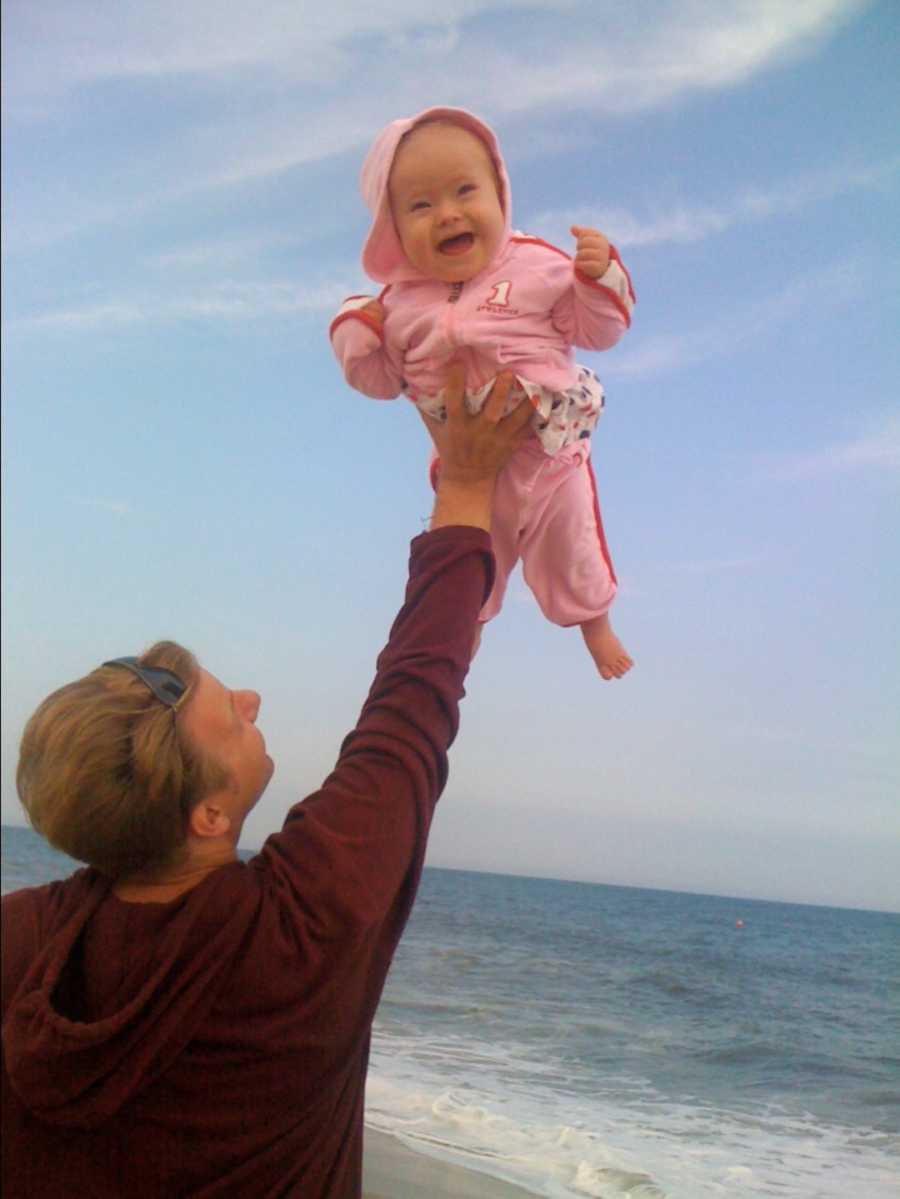
I let go of my emotional attachment to milestones to focus on progress and love of learning. We became hopeful explorers ready to face the unknown together, along with a phalanx of early intervention therapists. Then Lily got seizures. Her pediatrician said they were caused by a routine vaccination. Her neurologist said, ‘The seizures aren’t damaging her brain, just putting it on pause.’ The first medication didn’t work and left her with a constant vacant stare. Within a few months, a second medication restored our curious smiling daughter. Her brain was on play again.
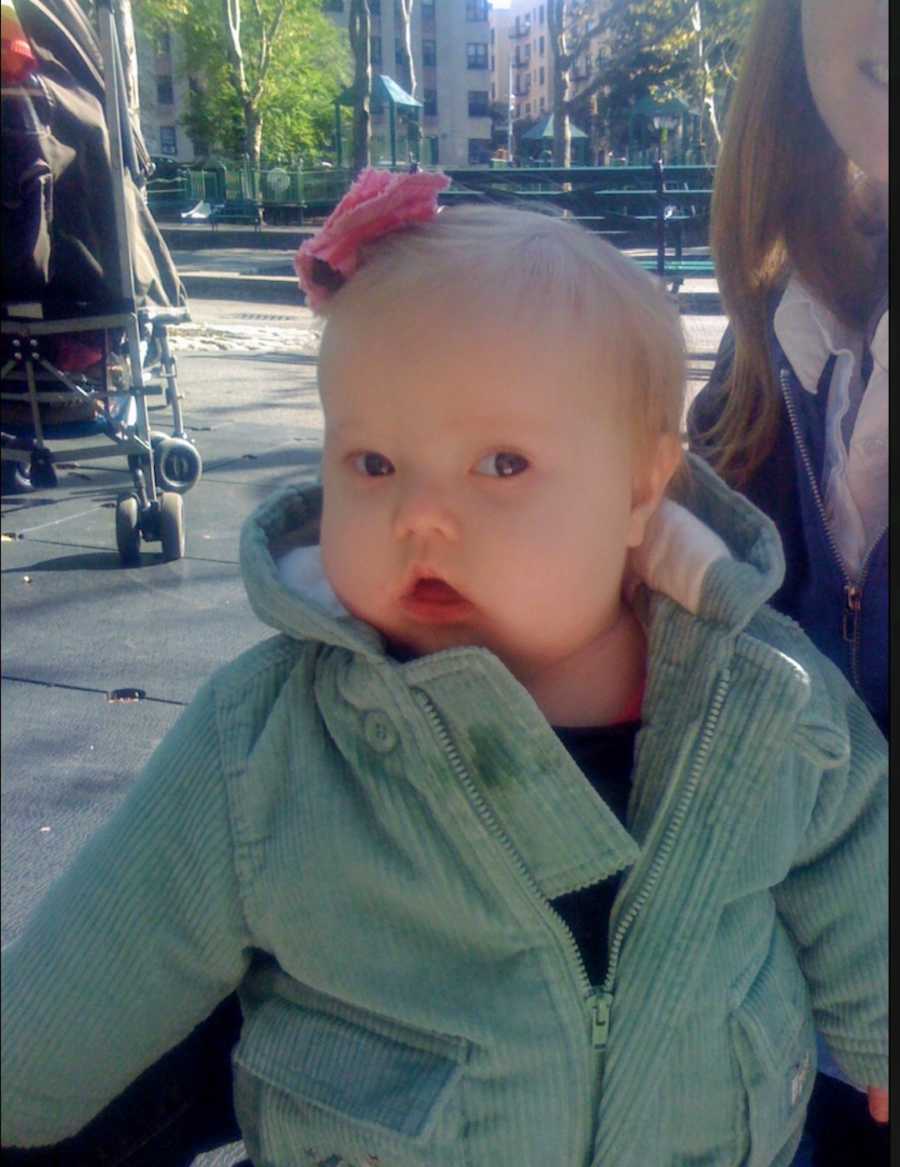
Surrounded by four cheering siblings, Lily took her first steps at nineteen months. Her physical therapist strapped sand-weights to her ankles and took Lily to the park to build balance on uneven terrain. Lily loved the change of scenery and freedom to explore. Her typical toddler explorations—pulling out books and toys, cracking eggs onto the floor, and tearing magazines—didn’t frustrate me the way it had with her older siblings. These were welcome signs she was alert, engaged, and growing.
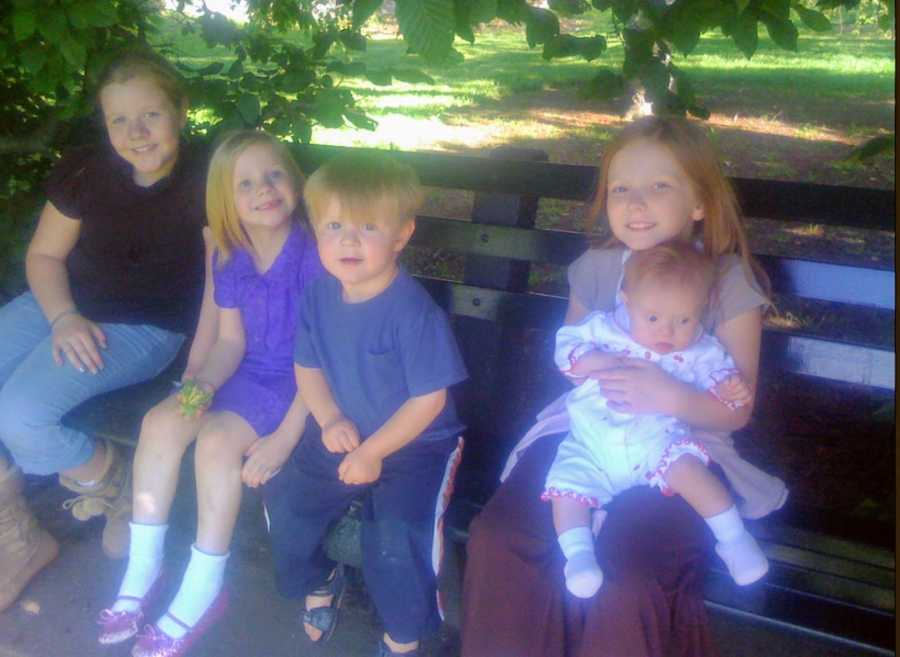
Then, Lily began to talk. She was reticent with the speech therapist. When he left, I put on bright red lipstick to draw her attention to the shape of my mouth and repeated the activities with her. Lily responded generously, babbling and testing different points of articulation to make new sounds. Together we flipped through fat binders filled with pictures of common items, pointing to and naming each. She had two parents and four siblings talking, singing, and even using basic ASL with her from morning to night. We created what special needs educators call ‘the least restrictive environment.’
It would have been fun to play outside in the afternoon, visit other city playgrounds, or take field trips, but we all wanted what was best for Lily. We stayed home for therapy 32 times each month. A three-day weekend with Erik’s parents changed everything. Grandma’s house was a split-level. Lily could not take her eyes off the stairs. That weekend, her curiosity stimulated by a new environment, she learned to climb stairs and she added new words to her vocabulary. She was teaching me what she needed to grow.
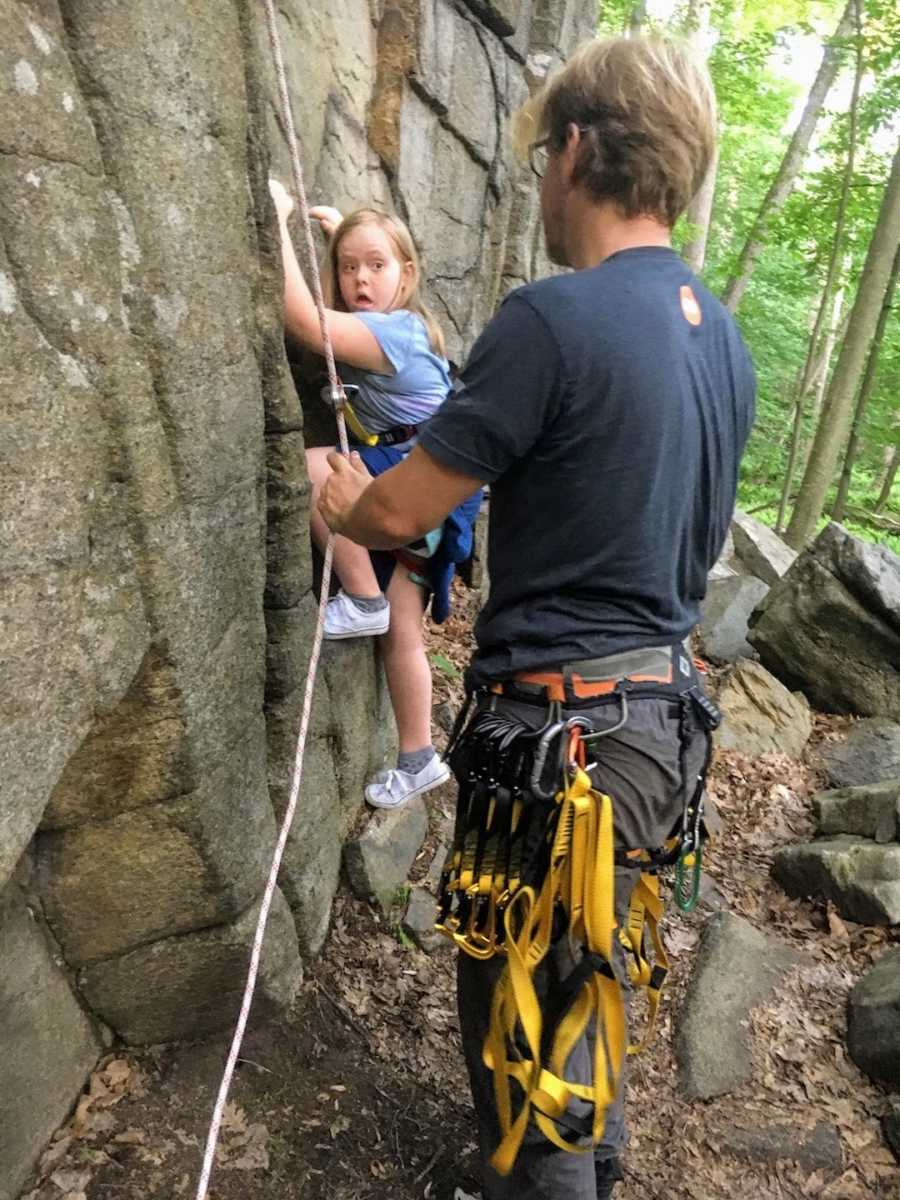
Inspired by this developmental leap, I invited her therapists into a four-week experiment, cutting from eight visits to two so we could take field trips. They concluded Lily progressed at the same rate or better with less therapy and more variety. We made the change permanent. This idea of curiosity sparking learning grew in our home. It factored heavily into our family’s unconventional decision to scrimp, save, and sacrifice to bootstrap an unforgettable year living on a sailboat.
Lily was six and her oldest sibling was sixteen. Living on a sailboat slowly making its way from St. Martin to Manhattan was a perfect match for Lily’s hands-on, relationship-based learning style. She progressed in every way. Lily introduced herself and started conversations everywhere. She gave compliments and invited kids to play. I stood outside a beach restaurant listening to live musicians. Lily walked in and danced. She moved from table to table greeting diners and commenting on their meals. When she persuaded someone to give her a sip of white wine, we knew it was time to go.

Eventually, we returned home and sold the boat. Having seen our family, especially Lily, thrive in a slow-travel lifestyle, we sought more opportunities to travel on a shoestring budget. By the time Lily turned twelve, she learned to read, write, count, and made friends in 25 countries. Moving often is grueling. There were long, tiring days when Lily sat down, refusing to move, and days she missed friends and family.
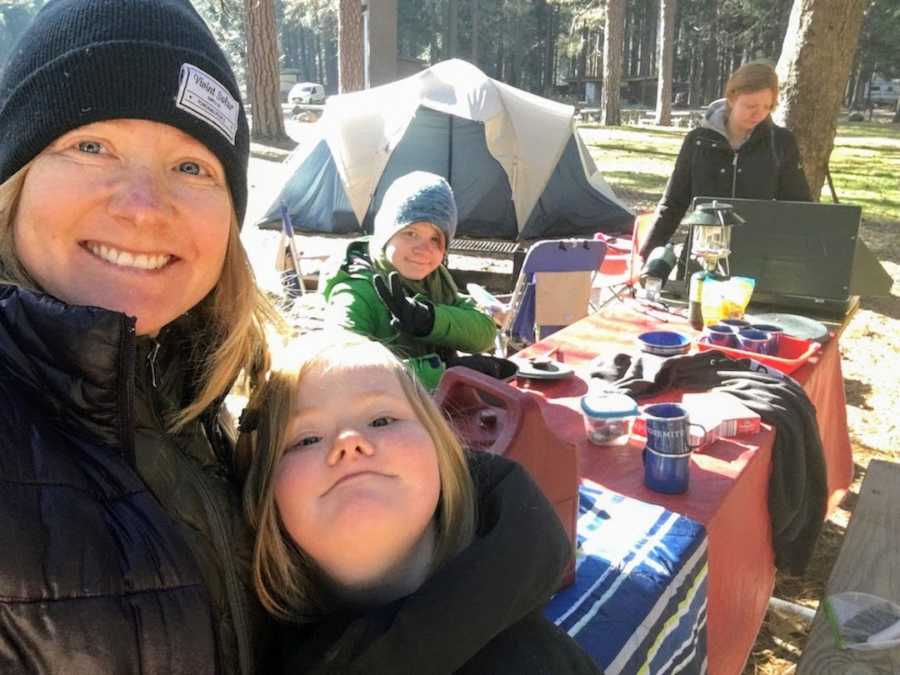
Also, Lily is what is known in the special needs world as a ‘runner.’ She deliberately looks for opportunities to slip away and roam unsupervised. It’s fun for Lily but terrifies Erik and me. Tools that haven’t only marginally helped include locks and alarms on doors and windows, metal ID bracelets, and a GPS-tracking device. Thank goodness for police and park rangers on multiple continents.
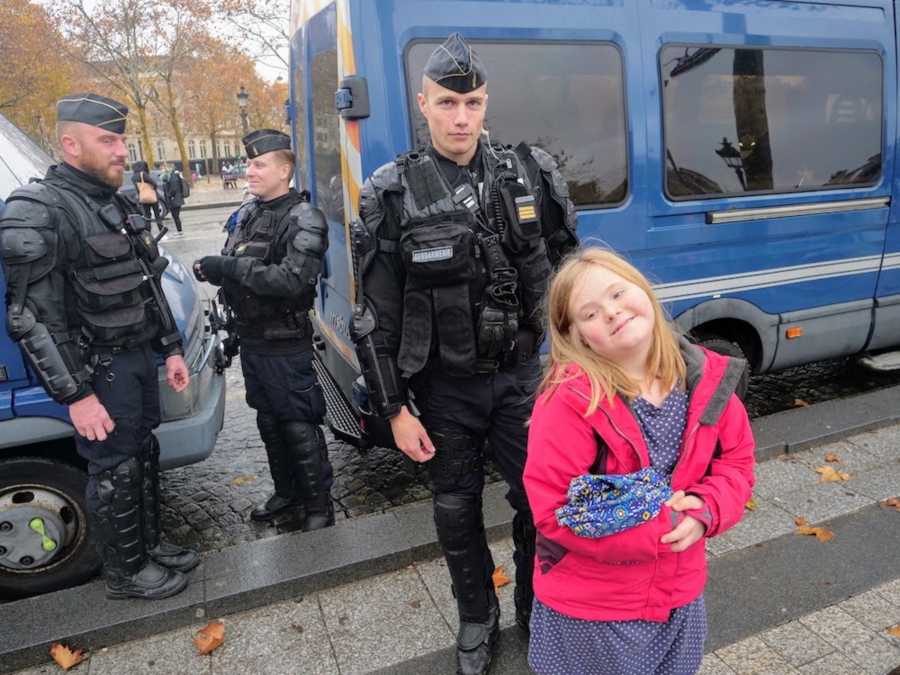
COVID-19 paused our travels and brought our older kids home from college. It took Lily eight weeks to adapt to wearing a mask. Maybe it’s the antisocial fallout from the virus, or maybe it’s a typical adolescent shift, but this year Lily has been unpredictable. Sometimes she’s introverted, clingy, and shy—sometimes refusing to speak at all. Other times, she waves to everyone in our Dominican neighborhood with a boisterous, ‘¡Hola! ¡Adios! ¡Gracias!’ three Spanish words she knows. I never know whether she will clam up or ham up.

When Justin, one of the volunteer pastors at our church, asked if Lily would be willing to give a talk the following Sunday, I had no idea what she would do. I’ve heard studies people are more afraid of public speaking than they are of dying. I assured Justin she was capable of sharing something and we would support her. He invited her to speak, and Lily said, ‘Yes.’ Later that day, he texted us the theme—’How I can be a light?’— based on a scripture in Matthew.
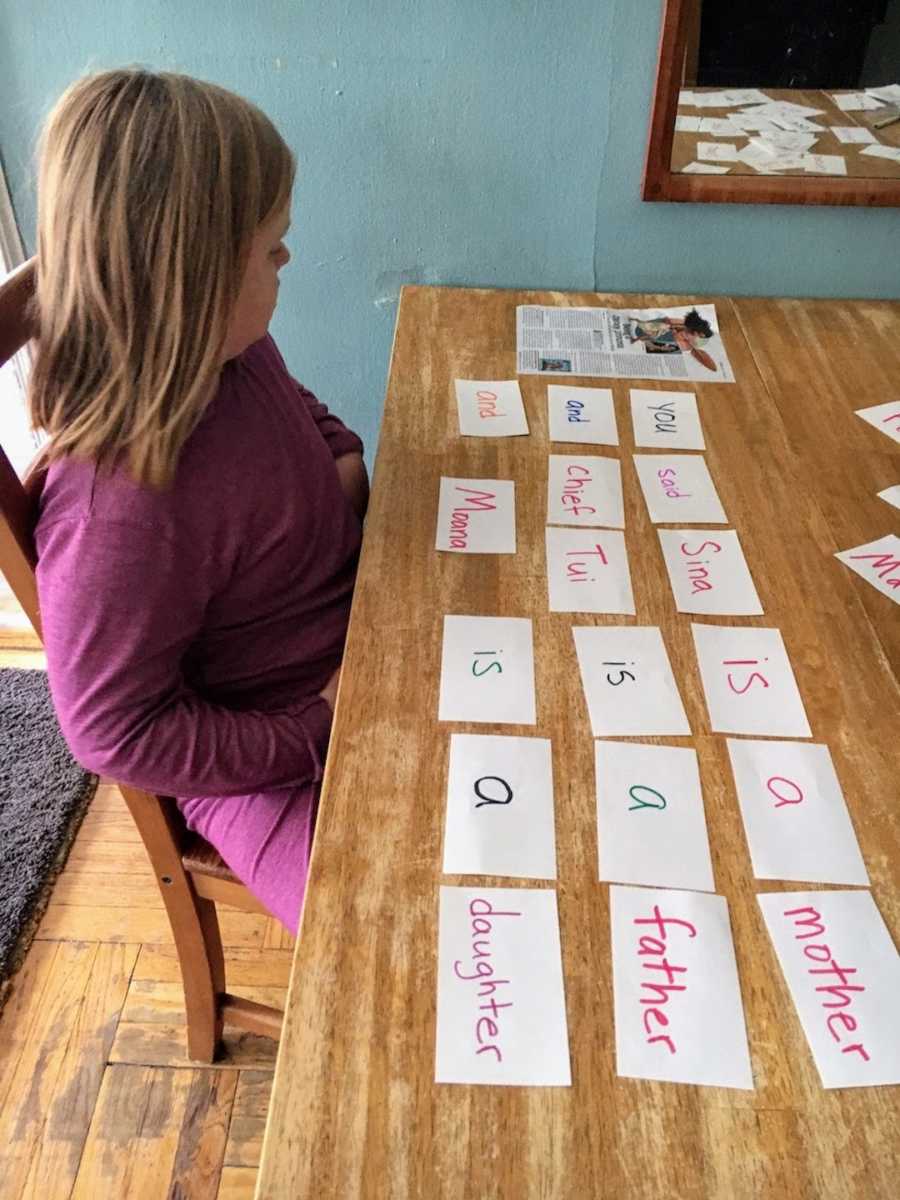
Lily and I read the scripture together. We talked about her favorite Jesus stories. I asked how she is a light, a helper, or a friend. I wrote it all down and read her answers back to her until she was satisfied. I typed and printed her talk using large font, quadrupling the spaces between each word, and double-spacing each line. Hopefully, this would help Lily keep her place despite the pressure. Lily read it aloud at least twice a day to prepare.
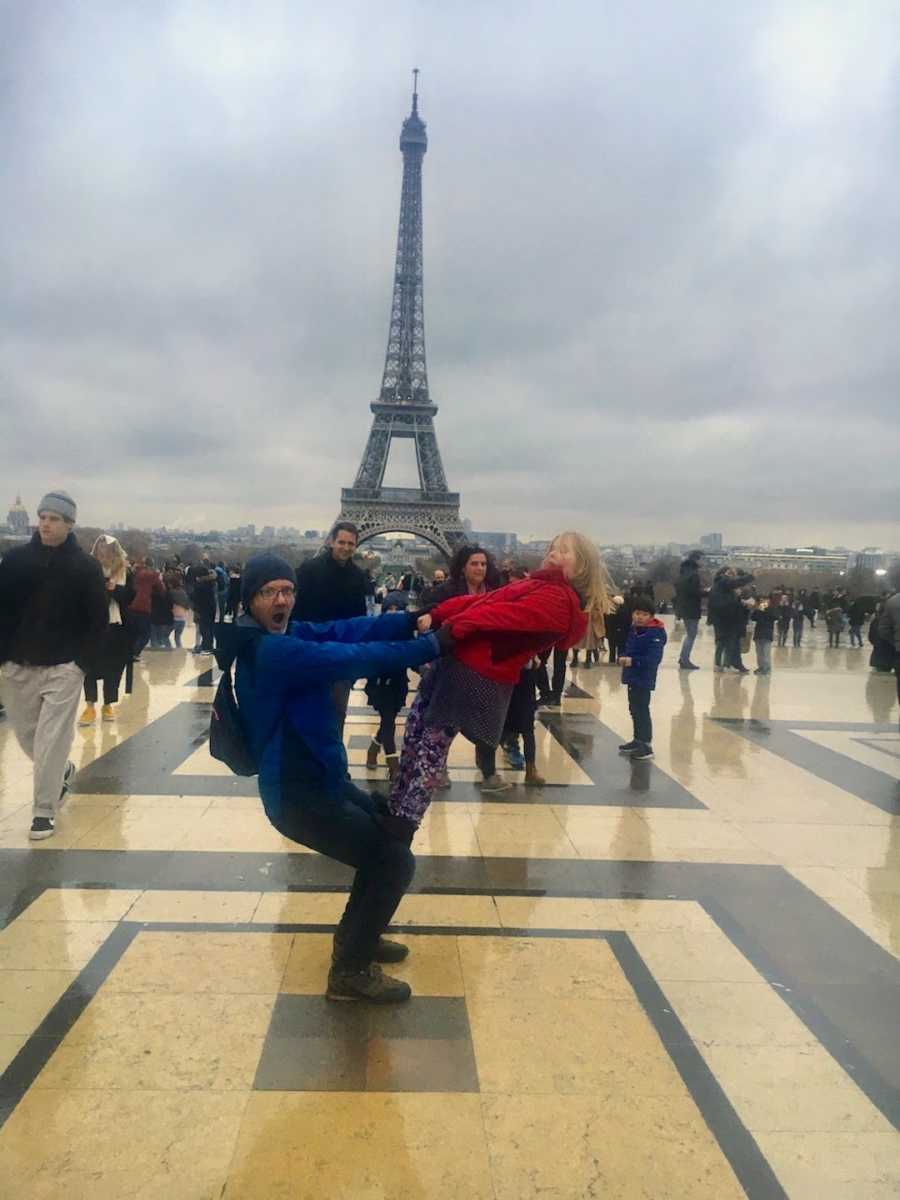
Parents of young children who are speaking often whisper words into their ears or read the talk for them. Lily chose Erik to join her in front of the congregation in case she needed assistance. Whatever happened, Erik wanted Lily to share her talk in her voice. He recorded a video of her rehearsing and added subtitles. If she froze, he would find exactly where she left off and play the video from that point into the microphone.
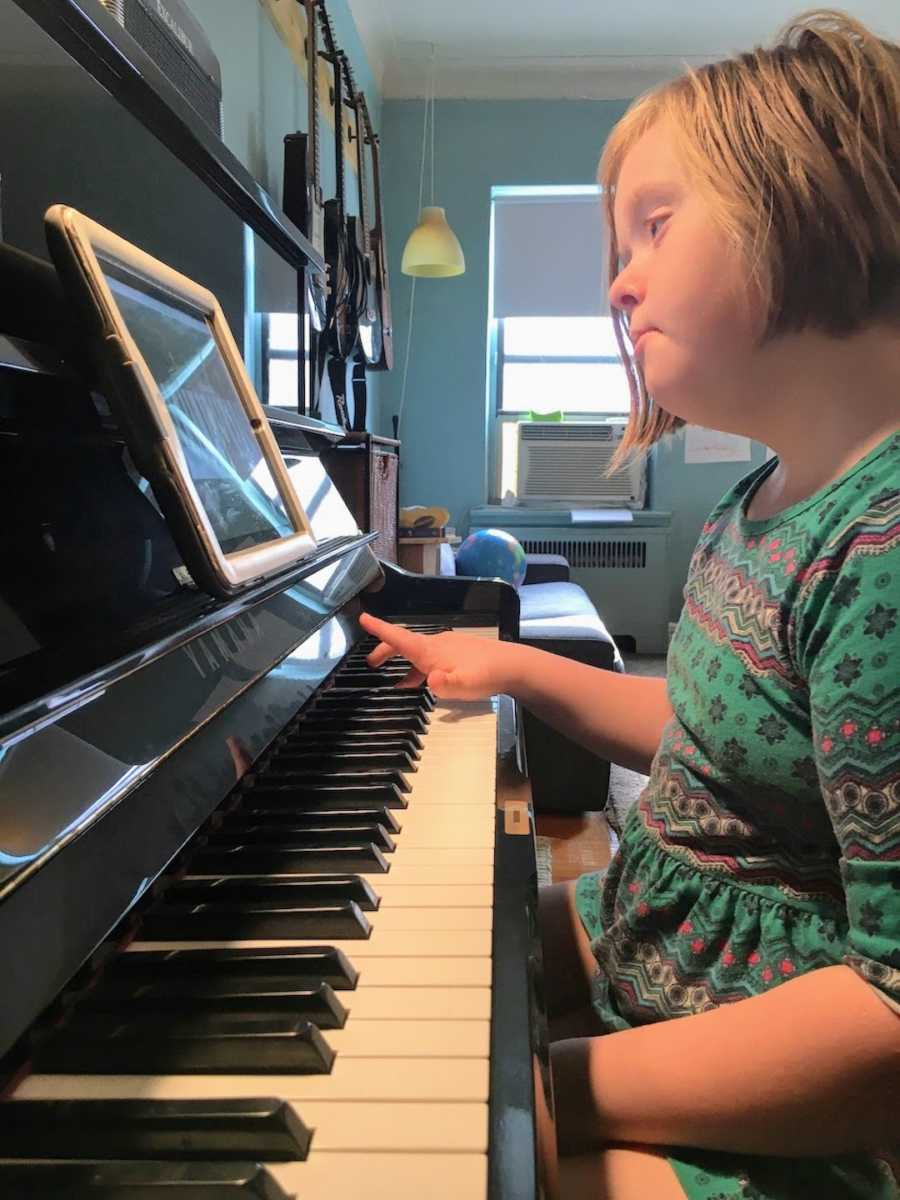
Lily practiced using our music stand as a pulpit. Saturday night, Lily took a bath and picked a comfortable outfit. Sunday morning, Erik walked Lily to church half an hour early to rehearse at the pulpit. Lily’s three older sisters usually attend a different congregation for young, single adults. This Sunday, we all went to church as a family and sat on the second row, the four Orton women supporting Team Lily in matching sequin dresses. Justin introduced Lily as the first speaker. Lily set her printed pages on the podium. Erik positioned a wooden riser for her.
Lily stood on the riser, centered herself at the microphone, and whispered, ‘Thanks, Dad.’ Erik sat to her left—in sight but out of reach. The small congregation sat in the quiet of not knowing and waited. What would happen next? Lily began tentatively, ‘Merry Christmas. Feliz Navidad,’ then found her sweet, steady voice. She introduced herself and her theme. She read a scripture. She told a story. At the word ‘mom,’ she looked up, smiled at me, and winked. I already had a wet line running from the outer corner of my left eye into my homemade COVID mask. She quickly found her place again and continued.
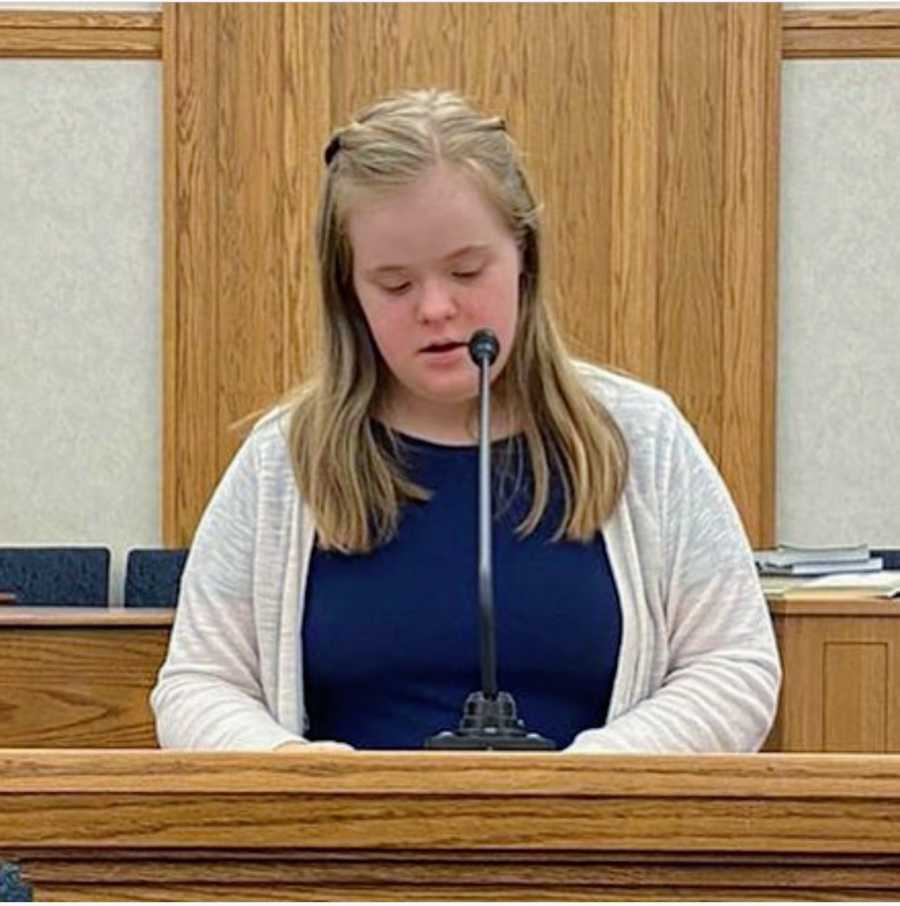
In the middle of the second page, a baby cried. Lily looked up, spotted the source of the sound, smiled and got back to her place. Then the third page got stuck to the fourth page. Lily looked toward Erik. Dad separated the pages and sat down. ‘Thanks, Dad,’ Lily said and resumed talking about how she can be a light by being a good friend. Finally, she asked the congregation, ‘How will you be a light?’
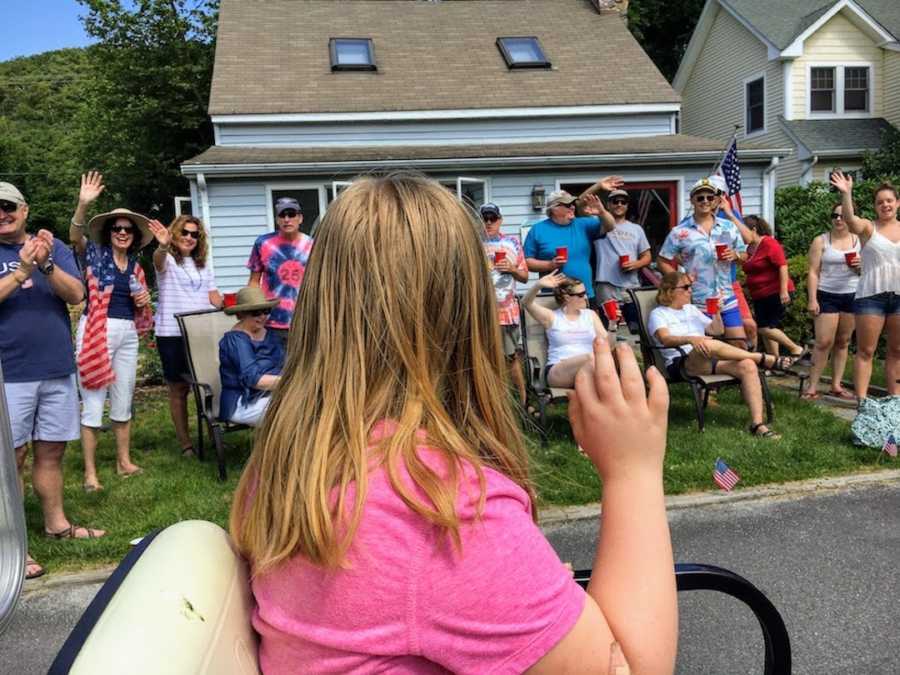
Lily gathered her papers to join our family in the second row. She pulled her fist back toward her waist whispering, ‘Yes, I did it!’ We each gave her low-key thumbs up or patted her back or her leg. I knew she was capable but I’d never seen her do it—give a seven minute speech with poise and personality. She surpassed everyone’s expectations, including mine. Once again, Lily reminded me to loosen my grip on expectations and make room for something better.
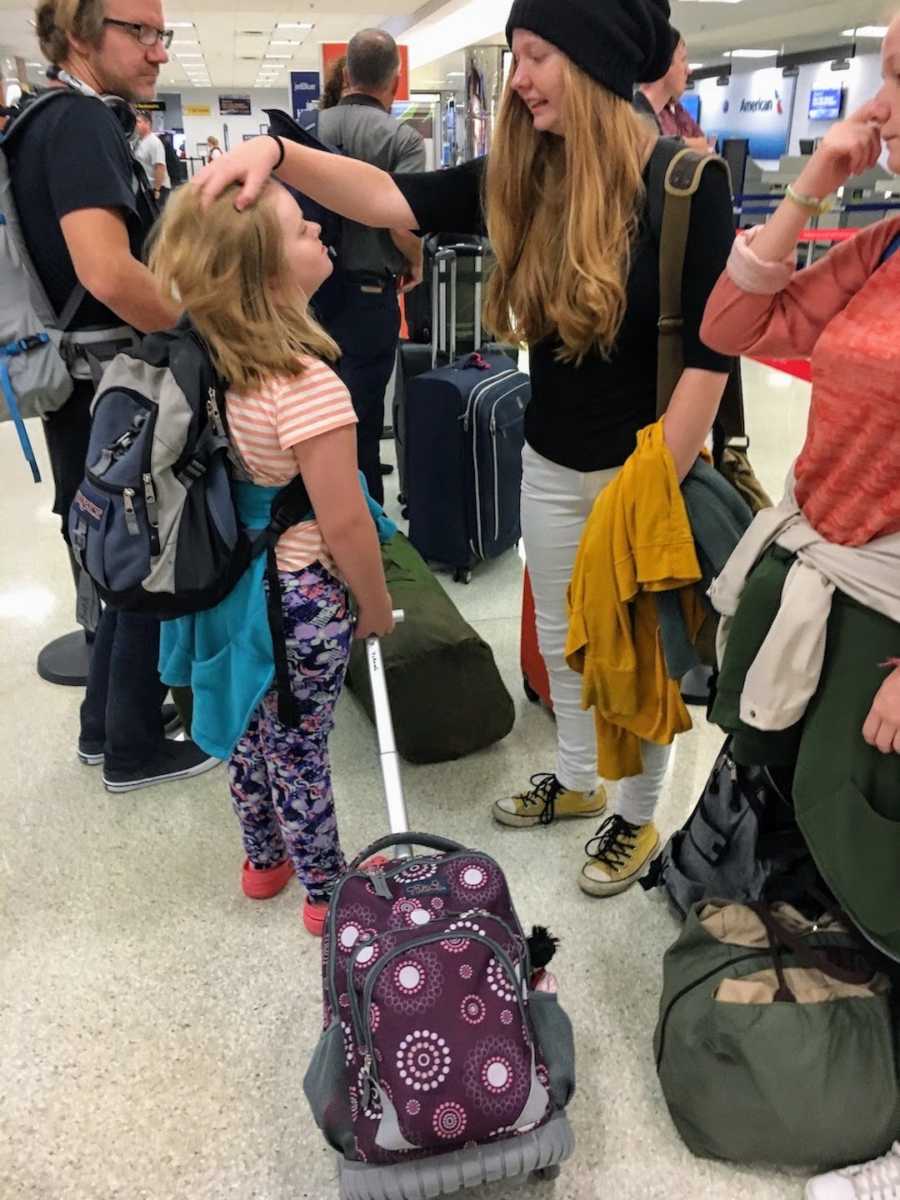
Afterward, I received messages from people in the congregation and friends or family watching via YouTube live stream, so I know I wasn’t the only one crying. I think what inspired others is each of us is capable of growth, each of us has a unique voice to share, and each of us can be a light.”
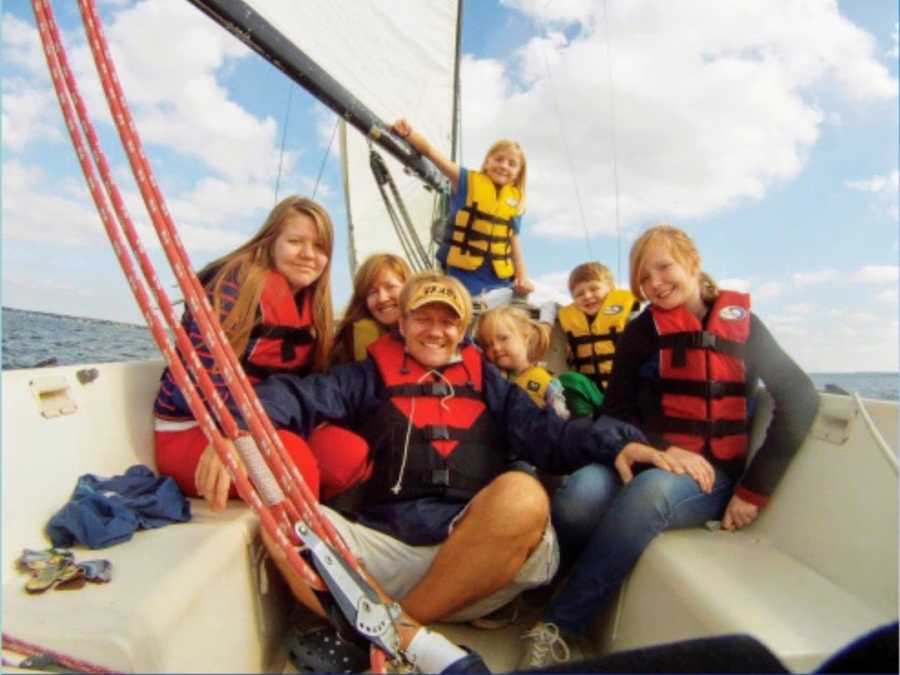
This story was submitted to Love What Matters by Emily Orton of New York. You can follow their journey on Instagram, and you can find the memoir she and Erik wrote here. Submit your own story here, and be sure to subscribe to our free email newsletter for our best stories, and YouTube for our best videos.
Read more stories like this:
SHARE this story on Facebook to help celebrate unique and beautiful differences!

